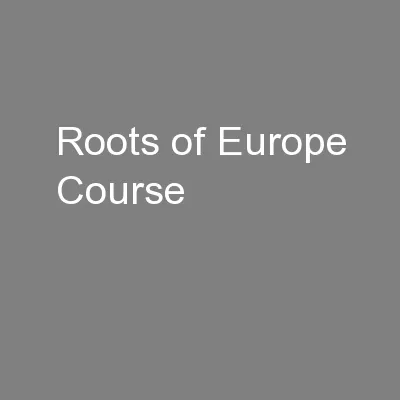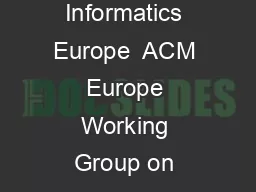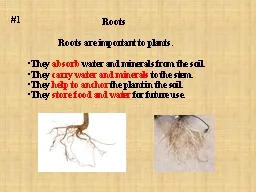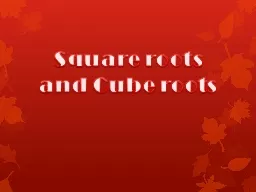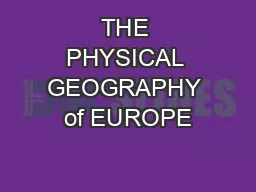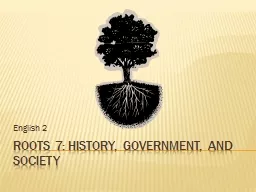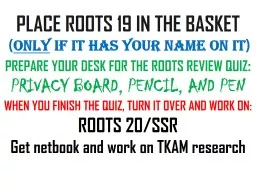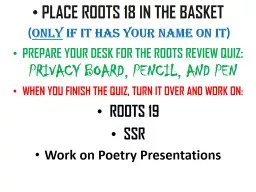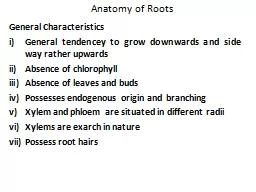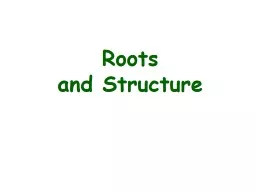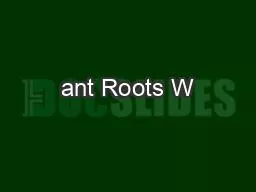PPT-Roots of Europe Course
Author : cheryl-pisano | Published Date : 2016-11-02
25 November 2014 Guus Kroonen INSS Roots of Europe Center Copenhagen University Discussion Roland Schuhmann Univ Jena No word that can only be explained as a substrate
Presentation Embed Code
Download Presentation
Download Presentation The PPT/PDF document "Roots of Europe Course" is the property of its rightful owner. Permission is granted to download and print the materials on this website for personal, non-commercial use only, and to display it on your personal computer provided you do not modify the materials and that you retain all copyright notices contained in the materials. By downloading content from our website, you accept the terms of this agreement.
Roots of Europe Course: Transcript
Download Rules Of Document
"Roots of Europe Course"The content belongs to its owner. You may download and print it for personal use, without modification, and keep all copyright notices. By downloading, you agree to these terms.
Related Documents

